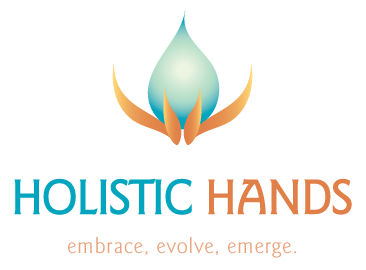Varicose veins, those twisting, bulging vessels often found in the legs, can be more than just a cosmetic concern. They can cause discomfort, pain, and even health complications if left untreated. While medical interventions exist, an accessible and beneficial adjunct therapy is self-massage. This simple practice can offer a range of benefits for those dealing with varicose veins.
Understanding Varicose Veins
Before delving into the benefits of self-massage, it's essential to understand what varicose veins are and why they occur. Varicose veins develop when the valves in the veins weaken or malfunction, causing blood to pool and veins to enlarge. Factors such as genetics, age, pregnancy, obesity, and prolonged standing or sitting can contribute to their development.
as genetics, age, pregnancy, obesity, and prolonged standing or sitting can contribute to their development.
The Therapeutic Touch of Self-Massage
Self-massage involves applying gentle pressure and rhythmic movements to affected areas, aiming to improve circulation, reduce inflammation, and alleviate discomfort. When applied to varicose veins, self-massage can offer several notable benefits:
-
Improved Circulation: By stimulating blood flow, self-massage can help prevent blood from pooling in the veins, thus reducing the appearance and discomfort associated with varicose veins.
-
 Reduced Swelling: Varicose veins often cause swelling and inflammation. Self-massage can aid in draining excess fluid from the affected area, leading to decreased swelling and a sense of relief.
Reduced Swelling: Varicose veins often cause swelling and inflammation. Self-massage can aid in draining excess fluid from the affected area, leading to decreased swelling and a sense of relief. -
Pain Relief: The gentle manipulation of tissues during self-massage can help alleviate pain associated with varicose veins. It can also help relax tense muscles, further reducing discomfort.
-
Promotion of Healing: Self-massage promotes the release of endorphins, the body's natural painkillers, which can enhance feelings of well-being and aid in the healing process.
-
Prevention of Complications: Regular self-massage may help prevent complications associated with varicose veins, such as blood clots or skin ulcers, by promoting healthy circulation and reducing inflammation.
How to Perform Self-Massage for Varicose Veins
Performing self-massage for varicose veins is simple and can be done at home with minimal equipment. Here's a basic guide:
-
Choose a Comfortable Position: Sit or lie down in a comfortable position where you can easily access the affected area.
-
Apply Gentle Pressure: Using your fingertips or the palms of your hands, apply gentle pressure to the varicose veins.
-
Use Long Strokes: Stroke the affected area in the direction of the heart using long, smooth movements. This helps facilitate blood flow back to the heart.
-
Be Consistent: Aim to perform self-massage regularly, ideally once or twice a day, to experience the full benefits.
-
Listen to Your Body: Pay attention to how your body responds to self-massage. If you experience any discomfort or worsening symptoms, discontinue the massage and consult with a healthcare professional.
Conclusion
Self-massage is a simple yet effective way to manage varicose veins and promote overall vein health. By improving circulation, reducing swelling, relieving pain, and preventing complications, self-massage offers a holistic approach to managing this common condition. Combined with other lifestyle modifications, such as regular exercise and maintaining a healthy weight, self-massage can contribute to improved vascular health and a better quality of life for individuals with varicose veins.

